The biggest secret about interior design isn't what you'd expect. We've been led to believe that designing beautiful homes requires perfect color coordination, expensive statement pieces, and following every trend that graces our Instagram feeds. But here's what really happens when professional designers decorate their own spaces: they break most of the "rules" they recommend to clients.
The difference isn't about having unlimited budgets or access to exclusive showrooms. Professional designers know that layering every trendy element creates visual chaos, not sophistication. They avoid the beautiful-but-impractical choices that look stunning in photos but create daily headaches in real life. Instead, they make decisions based on how they actually live, not how their homes might photograph.
You don't need design school to think like a professional. By understanding what experienced designers skip in their own homes, you can sidestep the expensive mistakes that make spaces feel amateur, and save yourself from costly decorating regrets that seemed like good ideas at the time.
Lighting Mistakes That Kill the Mood
Here's something that immediately marks a space as amateur: relying on overhead lighting alone. Professional designers never do this, even though it is the default in most homes. Recessed lighting is considered too bright and harsh, and they understand that a single ceiling fixture creates shadows and unflattering conditions that no amount of good decorating can fix.
Most designers will tell you this style of builder-grade lighting reads as generic in a room and, honestly, doesn't provide all that great of a glow either. The issue is not just aesthetics. Too few lamps or overhead sources of light can make even the coziest living room feel cramped and downright creepy.
Think about the lighting in your favorite restaurant or hotel lobby. It is never just one harsh overhead fixture. There are multiple sources creating depth, warmth, and ambiance. That is exactly what designers replicate in their own homes.
The designer solution:
- Combine three types: ambient, general, task, reading or cooking, and accent, highlighting art or architecture
- Use dimmer switches on everything possible
- Position lamps at different heights around the room
- Choose warm light bulbs, 2700K-3000K, for living spaces
- Add multiple types of lighting, like table lamps, overhead lighting and floor lamps to ensure ample illumination for tasks like reading
A layered plan, including sconces, pendants, table lamps and under-cabinet lighting, brings light closer to eye level, and adds depth and warmth by lighting from different angles.
Renter-friendly option: Skip permanent fixtures and use plug-in sconces, floor lamps with uplighting, and battery-operated picture lights to create that layered effect without calling an electrician.
Making Smarter Choices That Actually Work
The biggest difference between designer homes and everyone else's is not budget, it is intention. Professionals ask, "How will this work in six months?" before making purchases. They consider maintenance requirements upfront. They prioritize function alongside beauty, because they have learned that beautiful things that do not work become daily irritations.
Decorating takes time, and I never rush the process, admits one professional. This patience comes from understanding that your home should be a place that feels comfortable and functional, not just Instagram-ready.
Start thinking like a designer by asking these questions before any decorating decision. Will this item serve multiple purposes? Can I clean and maintain it easily? Does it solve a real problem or just look good in photos? Your space will function better, cost less to maintain, and feel more authentically yours when you prioritize living over photographing.
Most of these common mistakes also have easy and affordable solutions. The key is understanding that good design is not about following every trend or filling every surface with beautiful objects. It is about creating spaces that work for your real life, not your fantasy life.
Final tip: Take photos of your space from the doorway where visitors first enter. This reveals what people actually see and helps you spot what's working, and what is not, from a fresh perspective.




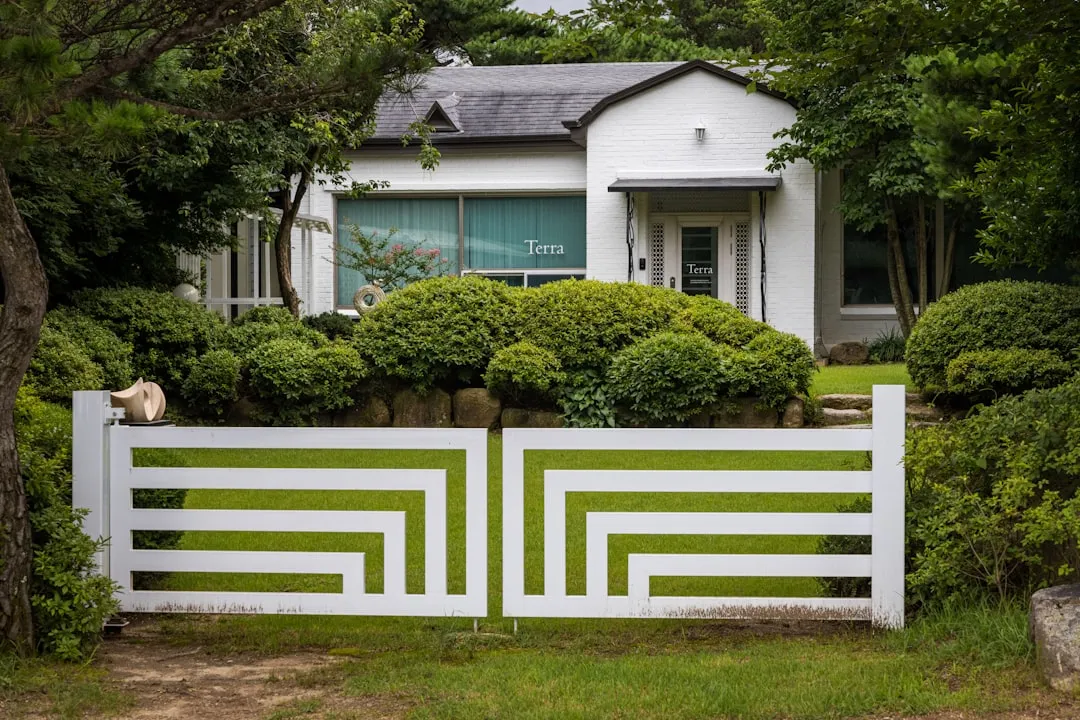


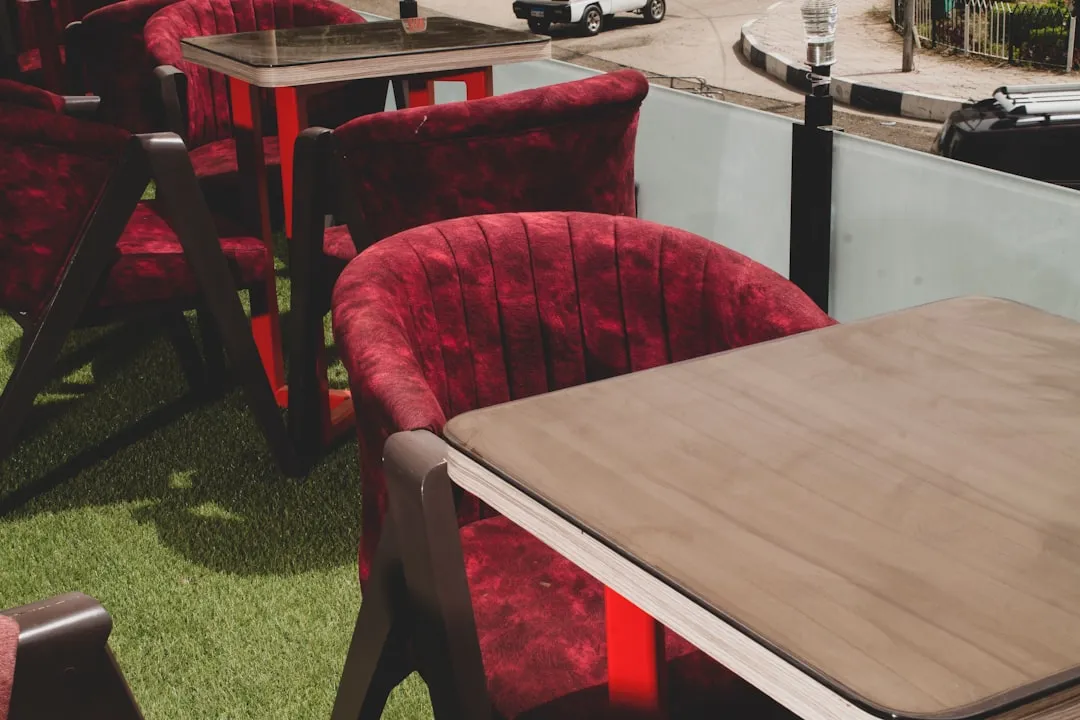


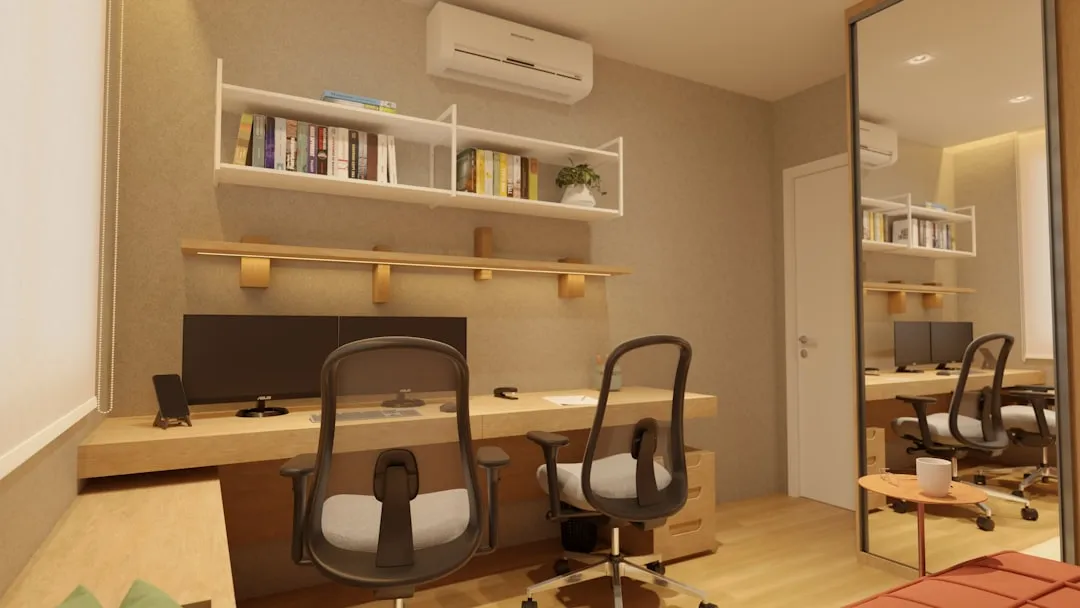
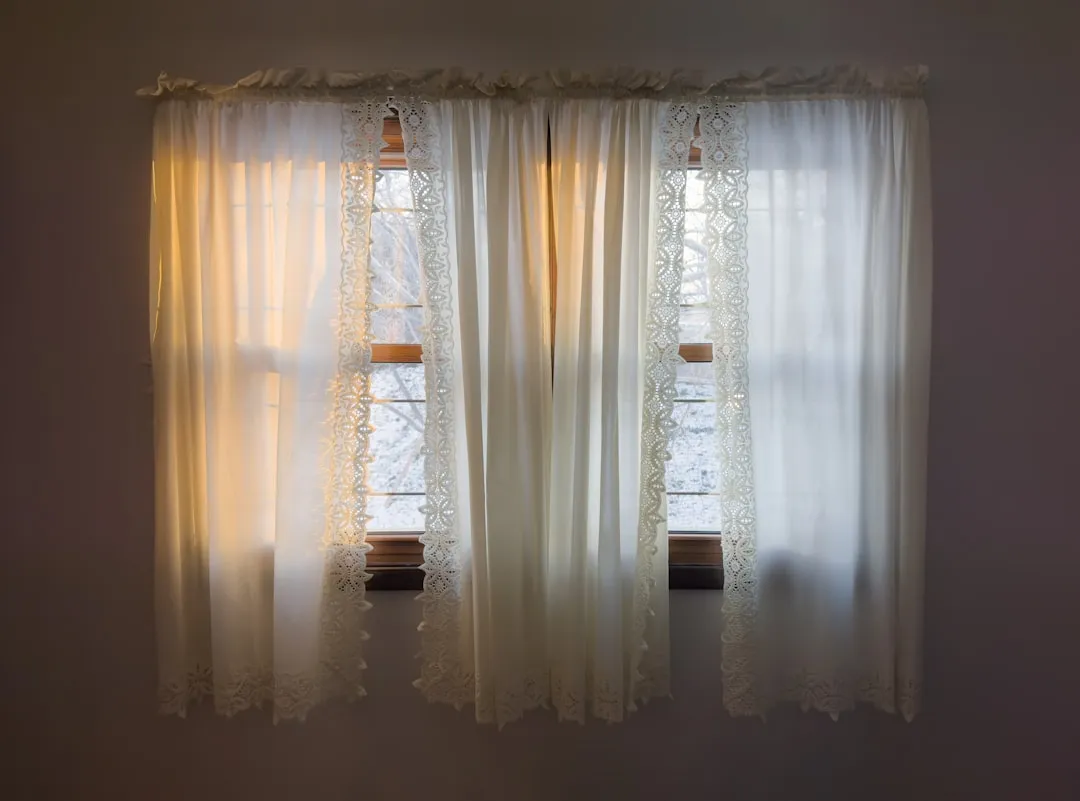


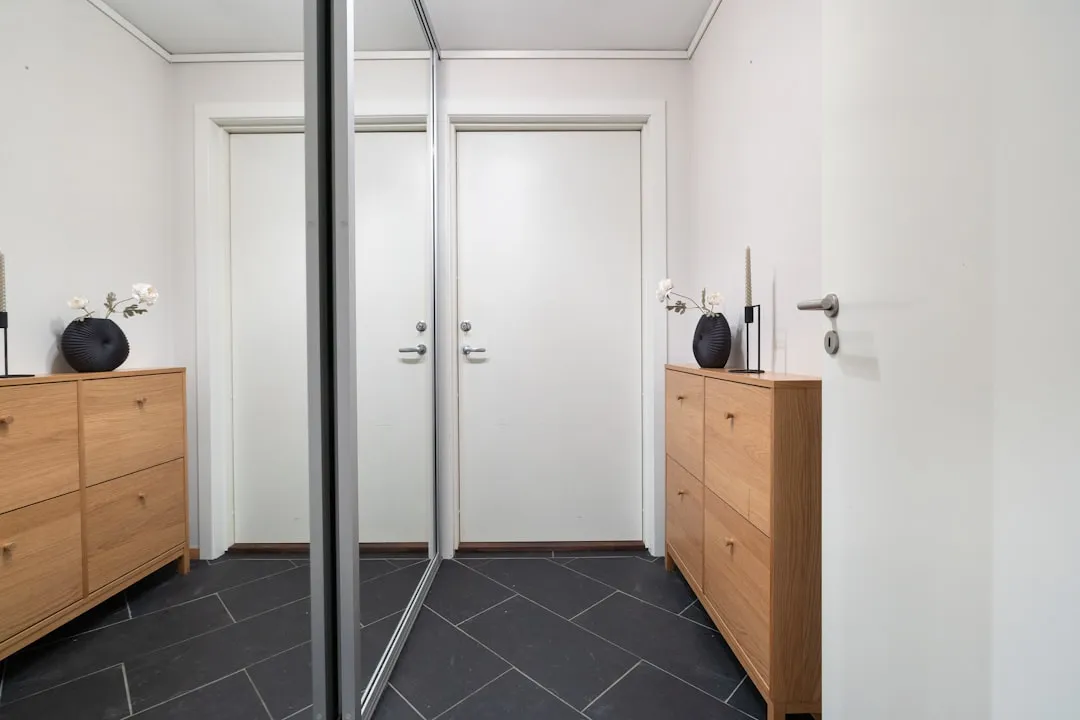

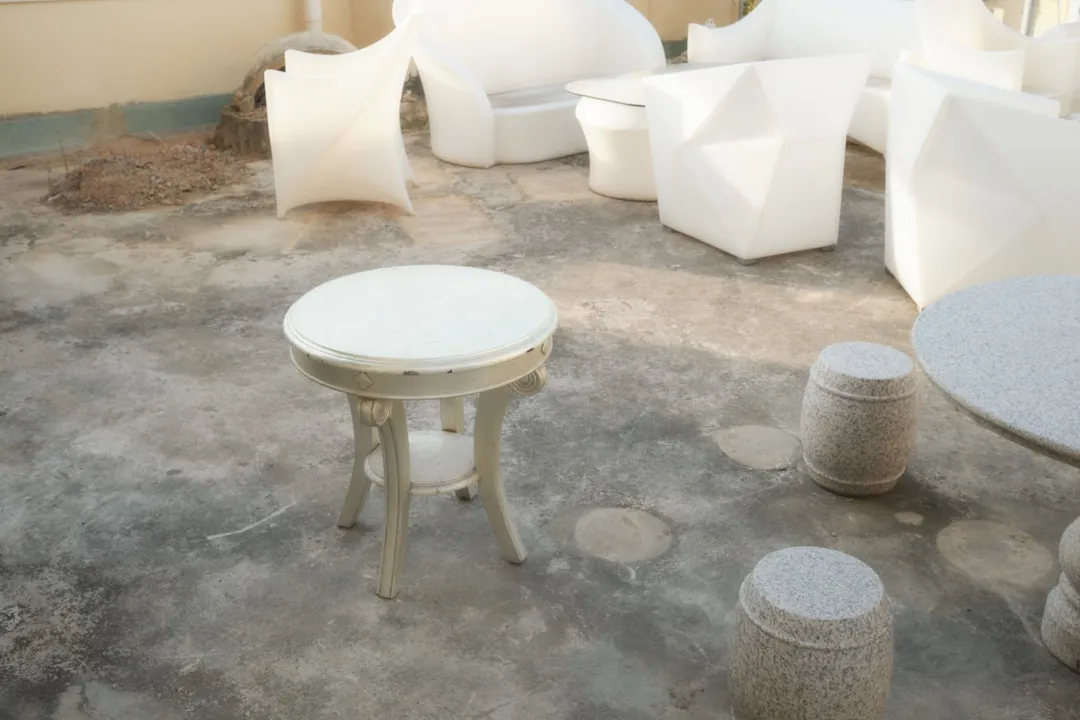
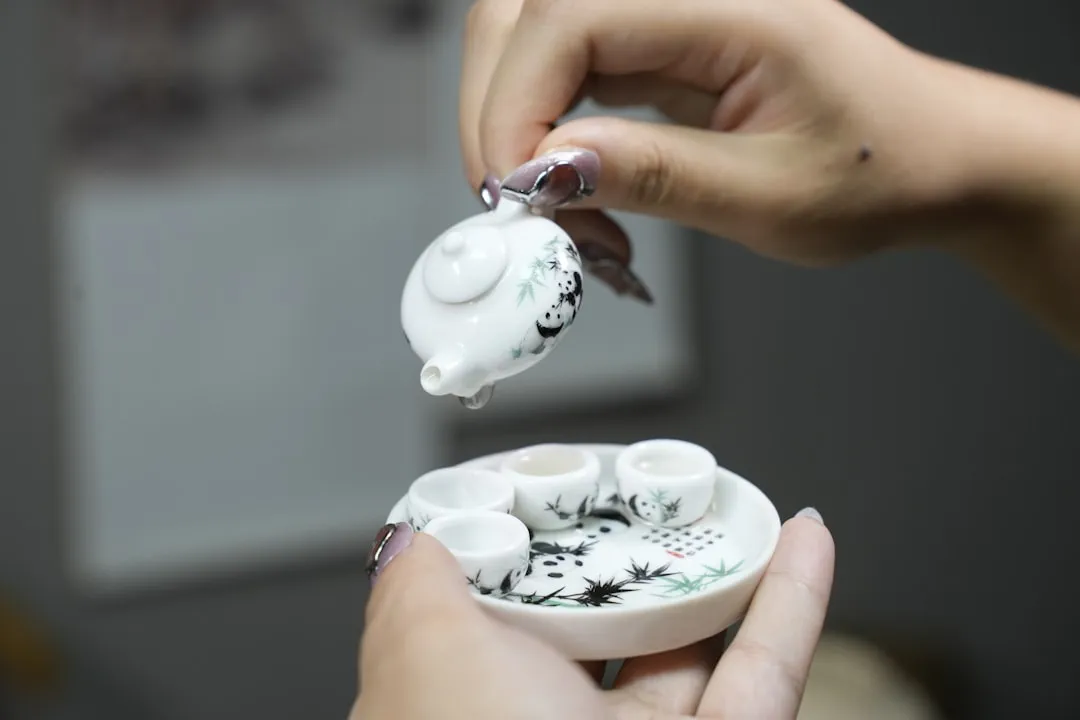
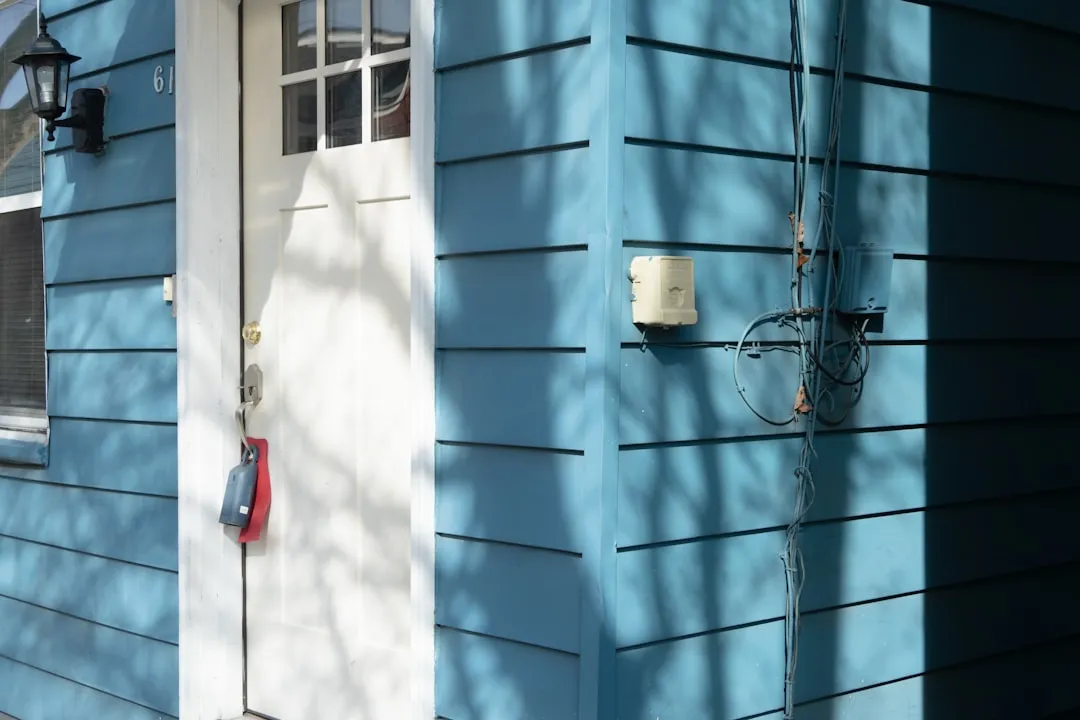
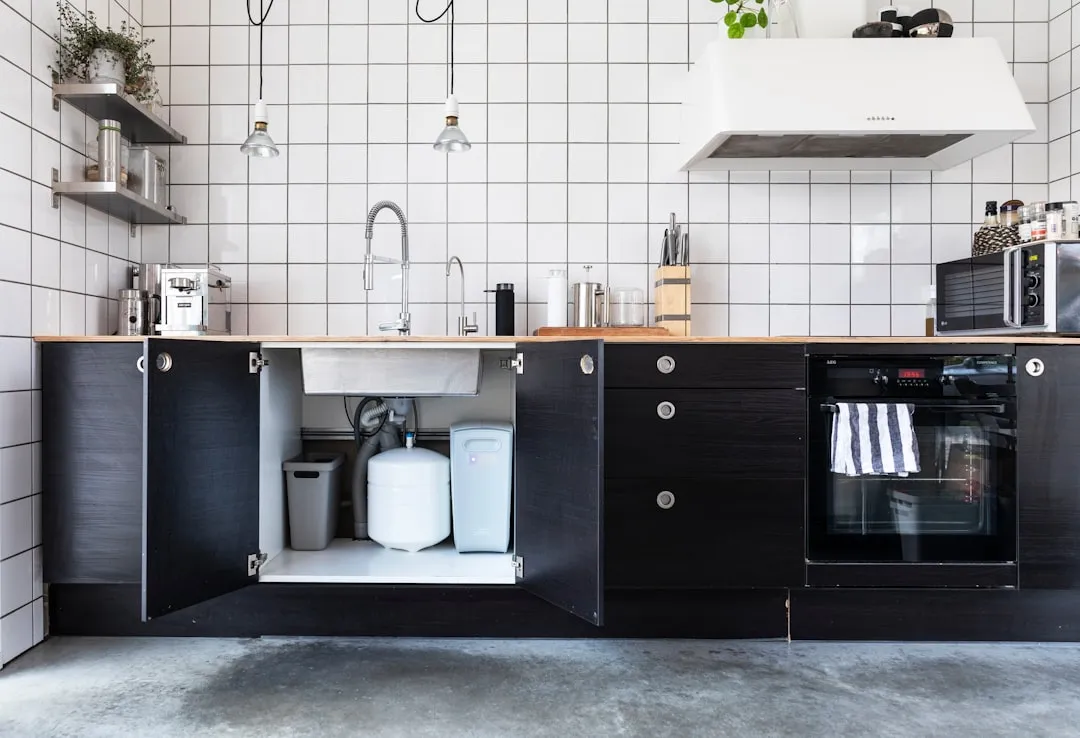




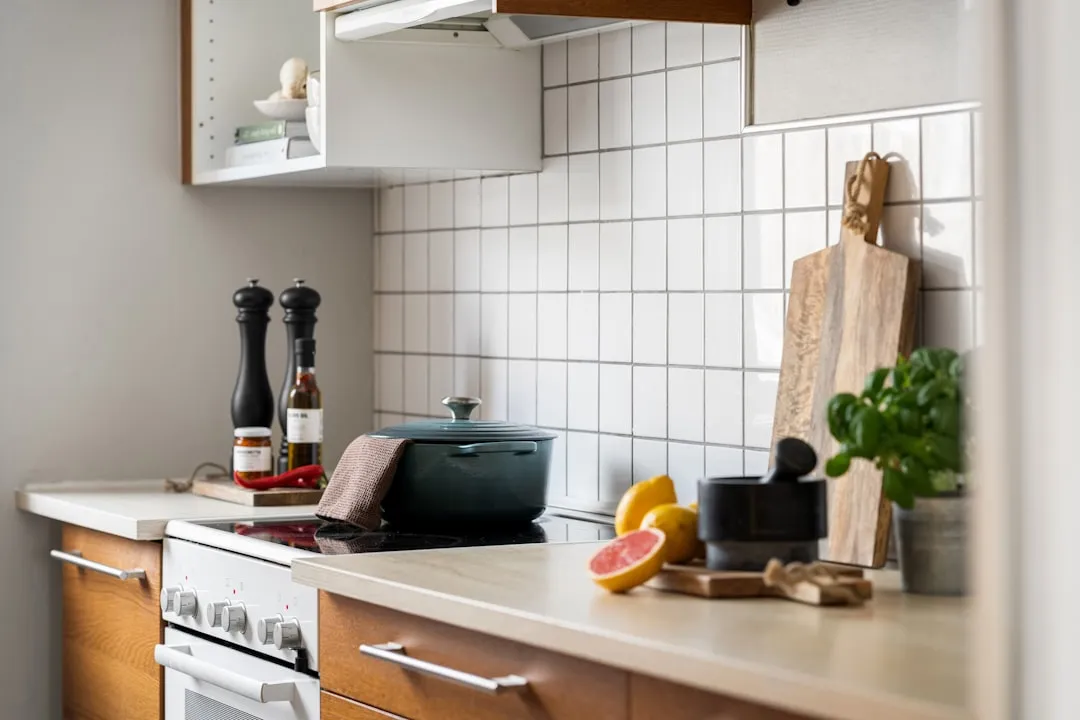
Comments
Be the first, drop a comment!